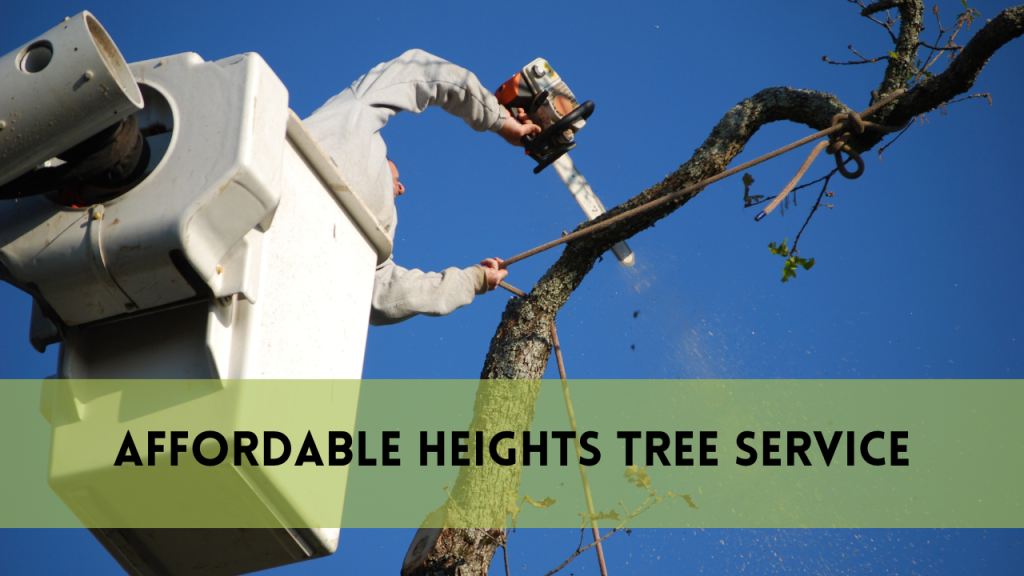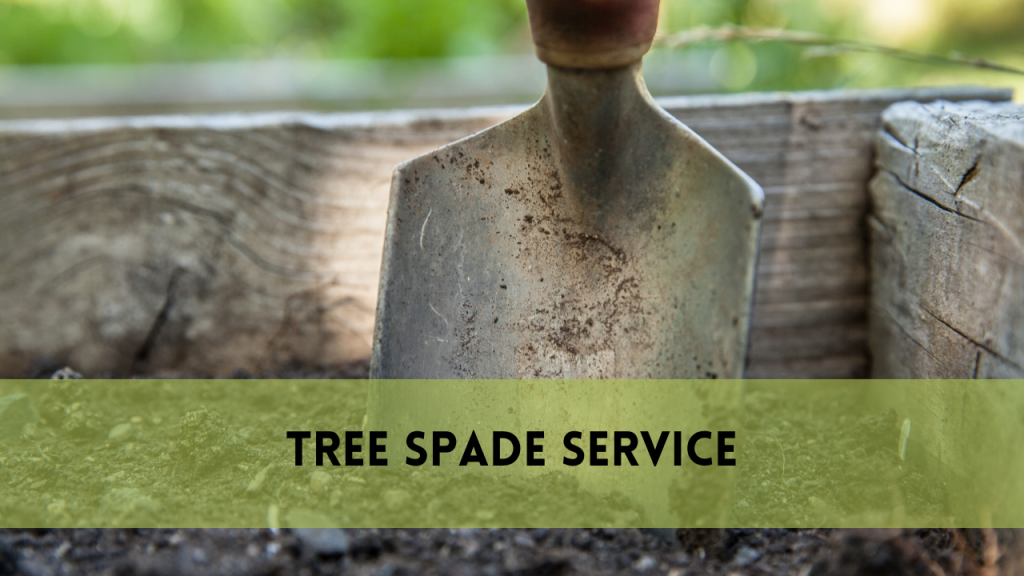Best Time To Remove Trees
Tree removal is a significant decision for homeowners and property managers. Whether it’s for safety, aesthetics, or environmental considerations, knowing the right time of year to remove a tree is essential. In this article, we’ll explore the factors that influence the best time to remove trees and provide insights to help you make an informed choice.
Best Time To Remove Trees
Spring is widely regarded as one of the best seasons for tree removal. Trees are actively growing throughout this season. Warmer weather and greater sunlight encourage faster healing of wounds following removal. Furthermore, with leaves on the trees, it is easier to recognize dead or damaged limbs.
Summer: Balancing Act
Summer is also a good time for tree removal, although there are certain restrictions. High temperatures and dry conditions can damage trees; therefore, it is critical to regularly monitor their health. If a tree poses an immediate threat, it may be necessary to remove it during the summer to ensure safety.
Timing for Safety
Fall and Winter Planning
Because of the milder weather conditions, fall is a popular time for tree removal. It’s especially useful for eliminating trees that could pose a hazard during winter storms. With the leaves falling, it’s simpler to evaluate a tree’s general health and structure.
Winter: Dormancy and Planning
Winter, while not the most popular season for removal, has its perks. Because the trees are dormant, it is less stressful for them. However, it is critical to plan ahead of time to ensure that removal does not impede other winter activities or pose a safety risk.
Other Considerations
Tree Species Are Important
Different tree species grow in different ways and respond to removal in different ways. Some may fare better if removed from one season rather than another. Consult an arborist to identify the ideal time to prune your tree.
Local Climate and Rules
Local temperature conditions and laws might also have an impact on the best time to remove a tree. In places with excessive heat or cold, for example, it’s critical to consider the stress removal may give the tree.
The cheapest time for Tree Removal
The cheapest time of year to take down trees is frequently in late autumn and winter. Due to less demand in the colder seasons, tree service companies may offer reduced prices for tree removal services during this time. Furthermore, with the leaves off the trees, the process can be more uncomplicated and require less labour and cleanup, contributing to cost savings. However, it’s important to evaluate your particular tree removal demands, the local environment, and the availability of tree service providers in your area, as pricing might vary depending on location and the intricacy of the task.
Benefits of removing trees during winter or spring
Tree removal is a huge decision for property owners, and picking the perfect time for it can have a significant impact on the process and its outcomes. While tree removal can be done at any time of year, there are significant advantages to taking down trees during the winter and spring seasons. In this post, we’ll look at why homeowners and arborists prefer tree removal during these seasons.
Dormant Trees
Many tree species go dormant throughout the winter. This indicates that their growth and metabolic activity will be considerably slowed. Dormant trees are less affected during removal since they are not actively generating new leaves, blooms, or fruit. This reduced metabolic activity provides an opportune time to execute tree removal without causing unnecessary injury or stress to the tree.
Improved Accessibility and Visibility
During the winter, trees shed their leaves, revealing their structure. This improved visibility makes it easier for arborists to analyze the tree’s health, detect dead or diseased limbs, and arrange for a safe and efficient removal. With fewer obstacles, the removal team can operate more efficiently, lowering the chance of accidents.
Less of an impact on the environment
In many areas, winter provides frozen or hardened ground, which is less vulnerable to harm from heavy machinery and equipment used in tree removal. This can reduce interruptions to your landscaping and prevent soil compaction. Furthermore, if the tree is close to other plants or structures, the dormant state decreases the danger of damage to the surrounding vegetation.
Pest and Disease Management
Tree removal in the winter and early spring can help with pest and disease control. Removing diseased or infested trees during these seasons can help limit the spread of pests and diseases to healthy trees when insects and pathogens are less active. This proactive approach helps protect the overall health of your landscape.
Winter Storm Preparedness
Tree removal during the winter months can be a preventative safety step for locations prone to winter storms. Removing trees that are at risk of falling during big snow or ice storms can save your home, automobiles, and electrical lines. It creates a safer atmosphere for you and your neighbours during inclement weather.
Faster Recovery
When a tree is removed, it leaves a wound in the landscape. During the dormant season, trees have a higher chance of mending and sealing these wounds. Springtime, with its rising temperatures and moisture levels, aids the healing process, helping your landscape recover more quickly.
Related Posts:
- How To Memorialize A Beloved Tree You Have To Remove (Ideas)
- What To Do With Uprooted Trees: Replant or Remove?
FAQS
When should I remove a tree if it’s diseased?
The best time to remove a diseased tree is typically during the dormant winter months. This minimizes the risk of disease transmission to other trees and allows for safe removal.
Can I remove a tree in the summer if it’s an immediate safety hazard?
Yes, if a tree poses an immediate safety hazard, it’s essential to address it properly, even during the summer. Safety should always be the first priority
How do I identify if a tree is dead or diseased?
Signs of dead and diseased tree may include leafless branches, brittle wood, decaying wood and visible fungal growth
Are there any legal limits on removing trees during certain seasons?
Local legislation may limit tree removal during specific seasons, particularly if the tree is healthy. Before removing a tree, verify with your local authorities and secure the necessary licenses.
Conclusion
Safety concerns, tree health, and environmental factors all play a role in determining the best time to remove trees. While winter and late fall are often preferred for their dormant trees and lower stress on the landscape, safety should always be the primary consideration. When a tree provides an imminent hazard, prompt removal is critical, regardless of the season. Consultation with a certified arborist can provide specialized guidance for your individual circumstances, assuring a safe and well-informed tree removal operation.



